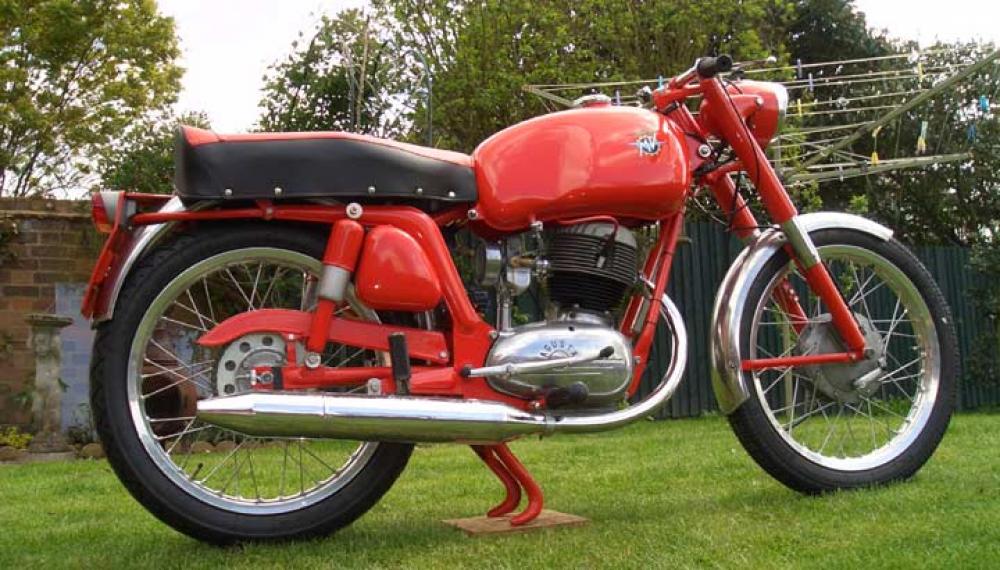

Depending on the quirks of your vehicle and which timing light you use, what you actually see under the hood may differ. These are generalized instructions for how timing and a timing light works.
Motorcycle timing light manual#
How do you know what the proper timing specifications are? You can easily find that on your Vehicle Emission Control Information Label (located on the underside of the hood or along a fender well for vehicles built in the United States) or in a service manual specific to your vehicle. Conversely, if excessive knocking is a problem, it might seem a better idea to have the spark ignite the fuel slightly after the piston reaches TDC (this means the timing is retarded). So just read your vehicle's manual and know what you're looking for before you start waving that light gun around!įor any number of reasons, a person might wish the spark to fire earlier than the piston reaching TDC (this means the timing is advanced). And sometimes the indicators are reversed. To make things more confusing: Sometimes the timing marks are found on the flywheel or even on the fan pulley. By manipulating the distributor cap (turning it slightly clockwise or counterclockwise), you can adjust that timing of the spark delivery. The strobing timing light "freezes" the motion of the pulley and allows you to see how many degrees before or after TDC the spark is firing. The engine has a mark right next to the pulley that represents TDC. On some vehicles, the crankshaft pulley has a bunch of degree marks and numbers on it. The degrees refer to how far the crankshaft has rotated relative to the Number 1 cylinder's piston at top dead center (TDC) of the compression stroke.

Instead, the timing of the spark is measured in terms of degrees. Obviously, you don't see the actual piston's location. Through a phenomenon known as the stroboscopic effect, a properly aimed timing light will indicate where the Number 1 piston is in its up-and-down travel when the spark fires. When you pull the trigger of the timing light (with the engine running), each time the Number 1 plug fires, the timing light flashes a beam of light. These inductive timing lights are able to detect the jolt of electricity each time the spark plug fires, similar to a doctor using a stethoscope to determine your body's pulse. Most light units on the market today, however, clip right to the spark plug wire itself. With a few of the timing lights out there, you might have to attach the unit's spark signal pick-up wire directly to the spark plug tip. (If you're not sure which is the "Number 1" spark plug wire, stop! And get thee to a service manual or online owners' forum for your vehicle.) Lastly, you take the signal wire and clamp it directly to the Number 1 spark plug wire. With the engine off, you merely clamp the timing light's red wire to the battery's positive terminal, then the black wire to the battery's negative terminal. Getting your timing light ready for action is breathtakingly simple. That is, as long as your car runs and is connected to a working 12-volt battery. One cool thing about timing lights is that unlike a flashlight, you never have to worry about running out of juice to power the light. Newer cars with distributorless ignition systems use a computer to control the ignition process.) (This information, by the way, applies to mostly older vehicles, which use a distributor to send electrical energy to the spark plugs.

More importantly, the more expensive the timing light is, the more likely it will be easier to read even in bright conditions. But most people would probably prefer the much cooler, ray gun-shaped, "pistol grip" variety.because they're more ergonomic inside the close confines of a car's engine bay (yeah, that's it). The simplest and least expensive timing lights fit into a basic pen shape. And who doesn't want that?įirst, you should know that timing lights come in a few different shapes and sizes, and range in features from bare-bones functionality to lots of bells and whistles. Properly adjusted timing, in turn, helps to make sure your engine works at peak power and efficiency. Simply put, a timing light helps to fine tune when the spark fires from the spark plug and ignites your car's fuel.


 0 kommentar(er)
0 kommentar(er)
